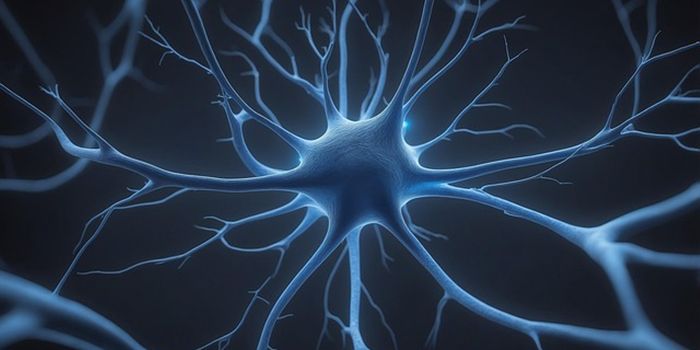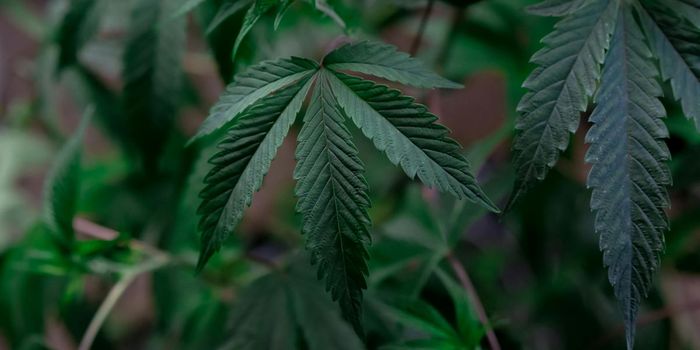Medical Cannabis and Chronic Pain: Part I
According to an analysis conducted by the National Institutes of Health in 2015, an estimated 25.3 million adults in the US, or 11.2% of the population, experience chronic pain. They defined chronic pain as any discomfort experienced in the body that lasts for longer than 3 months. Although this pain may be of an unknown cause, in my cases, it is associated with an illness, such as past injuries, nerve damage, or arthritis. Chronic pain can vary in severity, ranging from a dull ache to a throbbing feeling. This pain may also be accompanied by fatigue or mood changes.
The NIH analysis also reported that nearly 40 million US adults, or 17.6% of the population, suffer from severe chronic pain. Those living with this kind of pain may not be able to work or participate in activities of daily living. The emotional strain caused by chronic pain may also result in depression and insomnia. Chronic pain is a serious condition that requires treatment and management, as those who suffer from severe pain are likely to have poor health.
The “Fifth Vital Sign”
Due to the very high burden that chronic pain presents to both patients and health care professionals, in 2001, The Joint Commission, an organization that standardizes healthcare measures for patient care, published Pain Management Standards recommending that pain be treated as the “fifth vital sign.” This recommendation suggested that health care professionals ask patients about their level of pain, as there was a perception that pain was not being adequately addressed at that time.
Their recommendations led to a sharp increase in the number of prescriptions written for pain medications. And, unfortunately, over the last fifteen years, this practice has resulted in the opioid addiction problem we are now facing.
Treating Chronic Pain
Several different medications can be used to treat pain, the most common are opioids, such as Vicodin and Oxycontin. You may have been prescribed these types of medications for acute use following a minor procedure or injury; however, for chronic pain, individuals take these medications over long periods of time.
These medications work by blocking the signals in your brain that cause pain. They can be quite effective and, in fact, they can be too effective, resulting in the potential for abuse and possible addiction. These drugs have serious side effects and can result in hospitalization or overdose if taken incorrectly. They also can cause complications if combined with other prescription or illicit drugs.
Opioid Alternatives
Although there are now alternative opioid therapies that are designed to deter people from improper use, medical cannabis can be used instead to treat chronic pain. In fact, medical cannabis is approved to treat chronic pain in 19 states in the US* where its use is legalized.
In the next part of this article, we will discuss the evidence showing how medical cannabis is effective for chronic pain and, potentially, a way to help people stop taking opioids.
*Please note that medical cannabis laws are always changing so this number may not be accurate past the publish date of this article.








